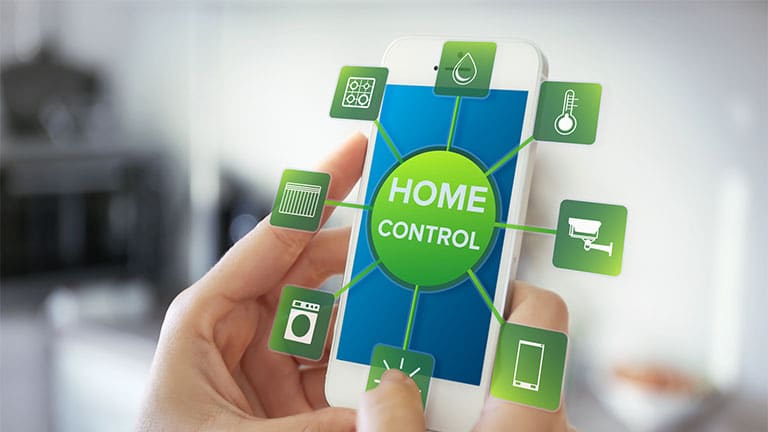Not long ago, home automation was limited to cartoons, space families, and spy movies. However, thanks to technological advancements, anyone who owns a smartphone can now automate their residence. This guide will get you acquainted with home automation and point you in the right direction.
Select Your Ecosystem
The first step through home automation is to select the most suitable smart home automation system, or an “ecosystem,” for your needs. With regular new innovative introductions in the field, there are many options.Generally, the best ecosystem for you begins with a smart device or smartphone. Google Assistant or Alexa are popular among Android users, while Apple’s Siri is the definite winner among iOS users.
What Exactly is a Smart Hub?
Aside from device compatibility, most home automation systems require a bridge or a hub to achieve their full capability. The hub connects the user’s smartphone to the smart devices, using radio signals to communicate. In most cases, the right app and ecosystem compatibility are sufficient, and a hub is not required. Hubs, however, can improve security. With fewer Wi-Fi signals being sent back and forth, tech-savvy burglars have fewer opportunities to break into the system and steal any form of data.
Enlist the items You’d Like to Automate
New users may be overwhelmed by the number of devices that can be automated, including lighting, door locks, security systems, window blinds, sprinkler systems, thermostats, and much more. Smart plugs can control devices such as window air conditioners, fans, coffee pots, and even holiday lights. Smart switches can be used to replace even the standard light switches.
Learn more: Does home automation increase property value.
Check that these devices will work with the ecosystem you’ve chosen. Some devices are Alexa and Google Home compatible, but not Apple HomeKit. There is no such thing as a truly universal device. So, here is a list of the devices that you should know about when you utilize smart home automation:
- Custom Automation System: Most home automation companies offer customization options. The aim is to get the necessary device while staying within your budget.
- Motion Sensors: This is one of the most vital parts of a smart home automation device. Motion sensors are very useful at night as they steer you about the trail. Furthermore, they will signal a security feature in the event of an intrusion.
- The Hub: A hub is a gadget that acts as a central location for all of your devices and can be used to automate them. However, if your home’s Wi-Fi is flawed, your wireless smart home system may encounter communication issues, such as lights not switching on when you command them.
- Smart Speakers: Smart speakers are the most basic addition to the collection of smart devices. It responds to verbal inquiries and uses an integrated virtual assistant feature to manage many aspects of your home.
- Thermoelectric Device: The thermoelectric device is one of the most common devices recommended by most home automation companies. It aids in controlling the temperature of the home based on the weather.
The pricing is the last thing to consider as a beginner considering home automation. Everyone has their budget, an important factor that needs to be taken into consideration when establishing a home automation system.


